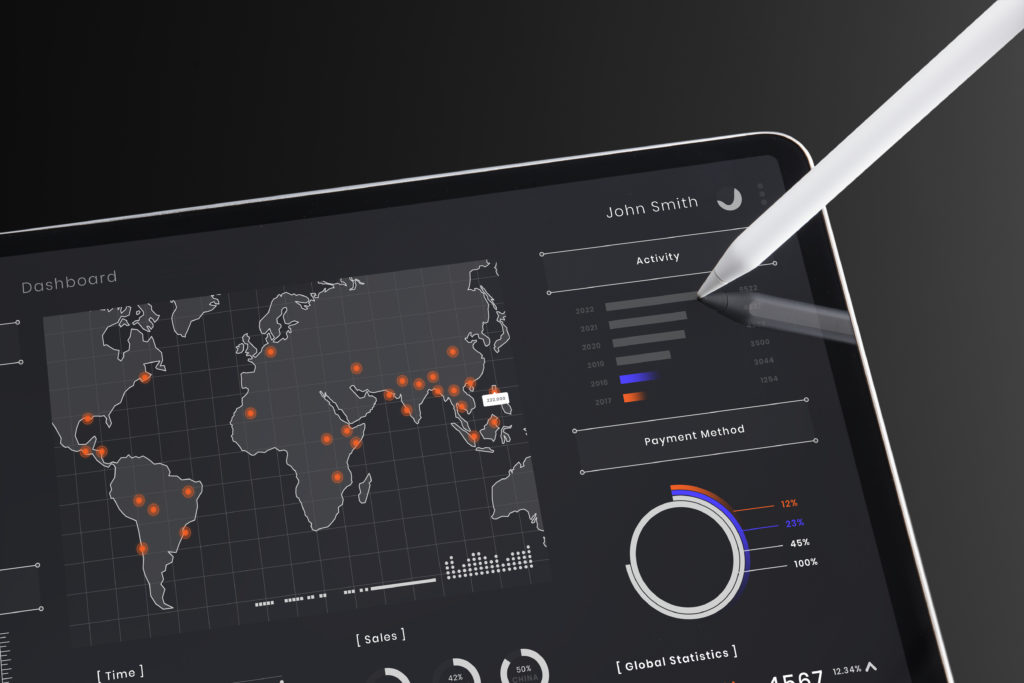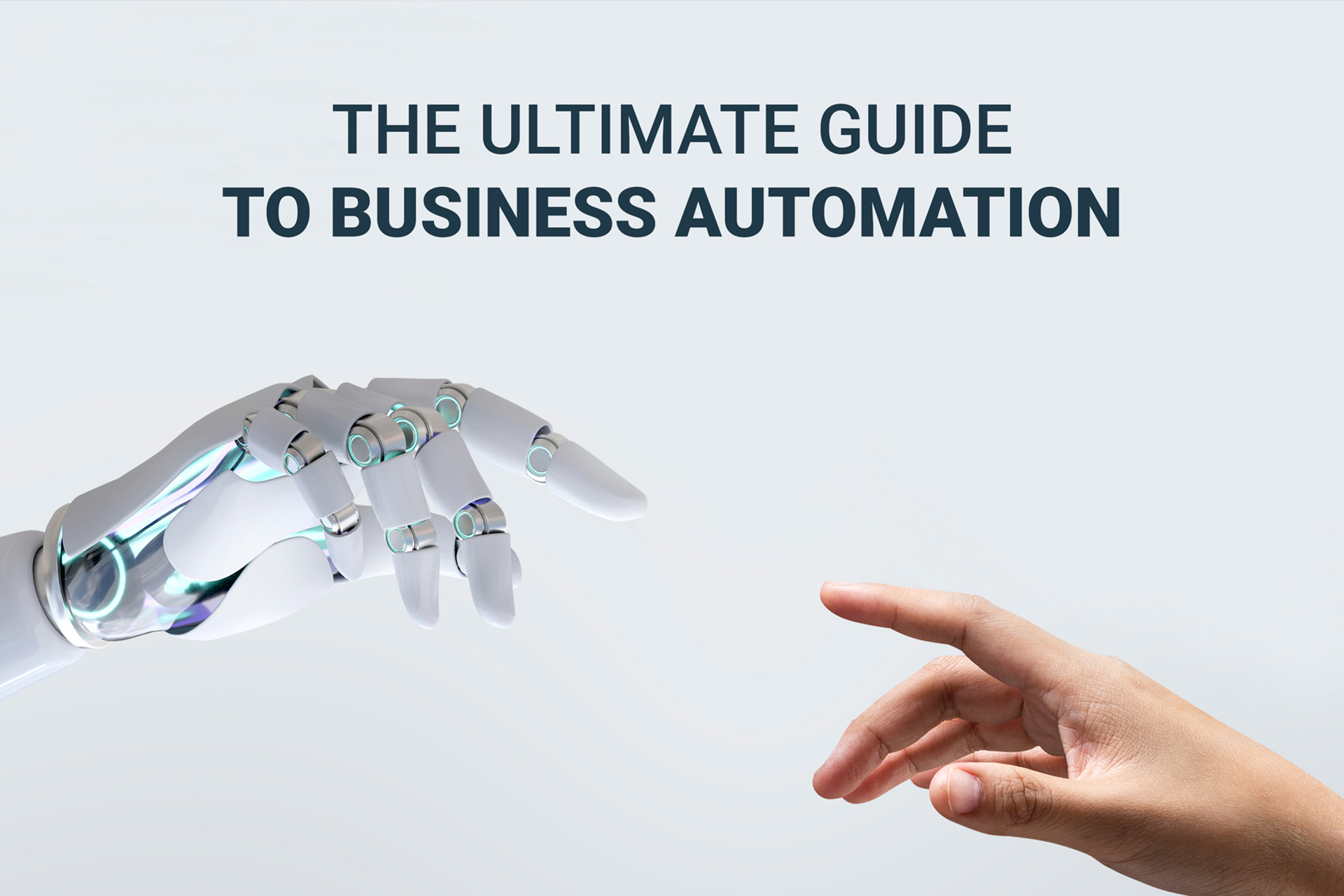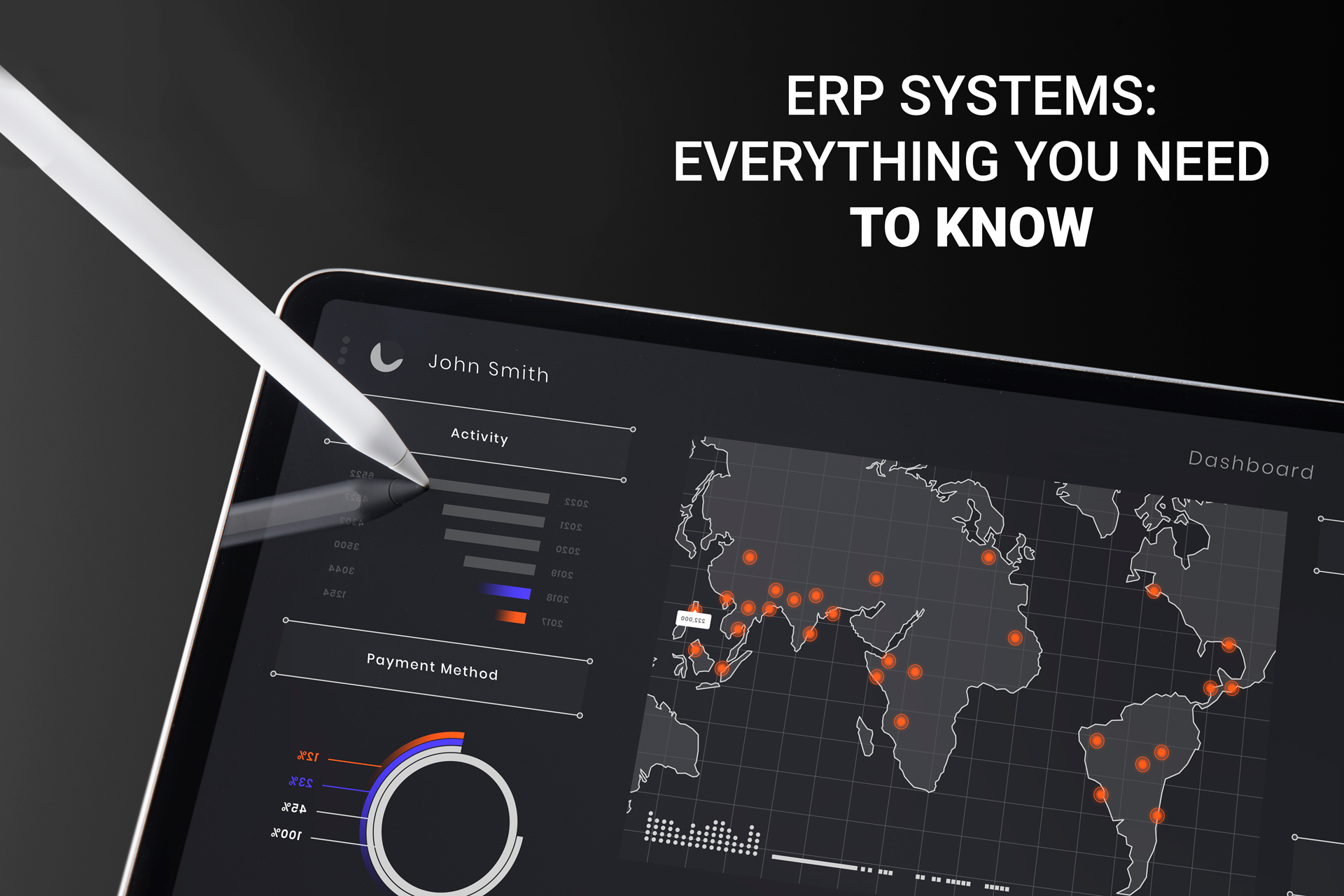ERP Systems: Everything You Need to Know

If you’re a business owner, you know that managing your finances and keeping track of inventory and processes is essential to your success. That’s where ERP systems come in. An Enterprise Resource Planning (ERP) system is software that helps you manage all aspects of your business, from finances to production to sales. But what exactly are they? What do they do? Do you need one for your business?
In this blog post, we’ll break down everything you need to know. Keep reading to learn more!
What Is An Enterprise Resource Planning system?
ERP stands for Enterprise Resource Planning system, a software application that helps businesses manage their core operations, such as accounting, human resources, and inventory management within the same platform.
Why Is ERP Important For Businesses?
ERPs are essential for businesses of all sizes. They help to manage critical business functions and provide a centralized view of the company’s operations, which helps managers make decisions about where to allocate resources and how to grow the business.
Who Uses ERP?
Small businesses benefit from Enterprise Resource Planning systems by automating routine tasks and improving communication between departments. This can free up time for owners and managers to focus on strategic initiatives that will help the business grow.
Large enterprises typically have more complex needs, and ERP systems can be especially helpful in managing multiple locations or subsidiaries. For example, a multinational company might use an ERP to keep track of inventory levels at each of its warehouses around the world.
These systems can be used in a variety of industries, including manufacturing, construction, and distribution. They are typically implemented by businesses that have outgrown spreadsheets and other manual methods of managing data.
If you’re considering implementing one, it’s important that you choose a vendor with experience in your industry. They can tailor the system to meet your specific needs and ensure it integrates seamlessly with your existing systems.
How Does an ERP System Work? How Can it Improve My Business?
Enterprise Resource Planning systems are an excellent way to keep track of inventory, employee hours, and other data-related resources. They provide a defined standard data structure, which makes information from one department immediately available across the business. This means no more guessing who supplies what, or how many employees should be working on a specific project at any given time. This type of automated management helps businesses improve efficiency, reduce costs, and increase profits. As with any technology that improves efficiency, ERPs can also help businesses serve their customers and improve customer satisfaction.
These are examples of how different industries use them:
- In the manufacturing industry, they are used to manage production processes.
- In the transportation industry, ERPs can track vehicles and cargo.
- In the construction industry, these systems are used to manage resources and track progress.
- In the distribution industry, they are used to manage inventory and shipping processes.
When Do You Need An Enterprise Resource Planning System? How Do You Know If It Is For You?
The most important question to ask is: Which of your company’s needs are not being met by your existing systems?
If your company is growing rapidly or experiencing significant changes, it’s probably time to consider investing in an ERP. Likewise, if you’re having trouble tracking inventory or managing customer data, an ERP system can help solve these problems.
ERPs can also improve communication between your company’s departments and employees, such as letting employees in the sales department view inventory and order history from accounting. With this level of transparency, you can make more informed decisions about which products to offer your customers.
You also want to consider the cost of implementing and maintaining an ERP system. Many businesses wait until they reach a certain size or amount of revenue before investing in an ERP system. It’s important to remember that the cost of not having an ERP system is often much higher than the cost of implementing one.
Benefits of ERP Systems
An ERP system provides many benefits for businesses across several industries. Some of the key benefits include:
- Increasing productivity by automating tasks that were previously completed manually.
- Reducing costs by eliminating duplicate data entry and paper records.
- Increased efficiency across all departments.
- Improved customer satisfaction through more efficient order tracking and communication.
- Easier access to real-time data for decision-making.
- More accurate financial reporting.
- Greater visibility into all areas of the business.
- Streamlined compliance with government regulations.
- Increased employee productivity and satisfaction through improved transparency and easier access to information.
Disadvantages of ERP Systems
ERP systems are great for businesses, but not all of them have the same benefits. You should be aware of their challenges before implementation, so you can plan accordingly.
- Cost: ERP systems can be expensive to purchase and maintain. The initial cost of an ERP system can range from $20,000 to over a million, depending on how many people will use it. The cost of maintaining an ERP system can also be expensive, as businesses need to pay for regular updates and upgrades.
- Complexity: ERP systems can be complex and difficult to use. Businesses must invest in training their employees to use the system, which can be time-consuming and costly.
- Integration Issues: You might need to integrate the new ERP system with current software applications to keep your business running smoothly. This can be difficult and time-consuming, and may not always be successful.
- Privacy Concerns: Some businesses might be concerned about the privacy of their data when it is stored in an ERP system. A small percentage of companies have had confidential data leaked after implementing an ERP system.
- Performance Issues: ERP systems can cause performance issues in some businesses, resulting in slower or frozen computers, and long wait times for users.
Key Features of ERP systems
To be an ERP system, software must have certain features. These include:
- A robust data storage mechanism to store all transactions from different sources and calculate reports on demand. This could mean storing information about customers in a database, so they can track customer purchases and send related personalized messages with more information about their interests.
- A comprehensive set of modules that can handle various aspects of a business such as production, accounting, human resources, and sales. This includes eliminating redundancies by consolidating all relevant data into one system, so employees don’t need to switch modules to do their jobs.
- The ability to integrate with other software applications used by the business, such as customer relationship management (CRM). This capability enables different parts of the company to share information and work cohesively.
- The flexibility to fit the specific needs of a particular organization, allows businesses to customize the software so it meets their specific needs and requirements.
- While this isn’t a requirement for software to be considered an ERP, the system should also provide a user-friendly interface that is easy to learn. This will allow users to learn the software with minimal training, and make the transition much smoother in general.
Types of ERP Deployment Models
You can deploy an ERP system in several different ways, depending on your organization’s needs. The most common deployment models are listed below.
- On-premises: In an on-premises deployment, the ERP system is installed on servers owned and operated by the organization. This option provides complete control over their data and the ability to customize the system to their specific needs.
- Cloud-based: Software vendors host a cloud-based ERP system, and users access it via the Internet. This deployment model (SaaS) offers lower upfront costs and the flexibility to scale the system as needed.
- Hybrid: A hybrid deployment combines aspects of both on-premises and cloud-based ERP systems. This option allows organizations to maintain some control over their data, while also using the flexibility and lower costs of a cloud-based system.
Figuring out which deployment model is best for your organization depends on several factors, including a budget, security needs, and the ability to customize the system. Talk to an ERP expert to learn more about which option is a good fit for your business.
ERP Best Practices

We’ve compiled the top five ERP best practices to help you get started. These tips are based on our years of experience in the industry and will help you avoid some common pitfalls.
#1: Define your business processes
Many organizations make the mistake of jumping into an ERP implementation without understanding their business processes first. This is a recipe for disaster.
Before you start pricing ERP software, you should map out your organization’s key business processes. Once you have a good understanding of how your business works, start looking for an ERP system that fits your needs.
#02: Involve all stakeholders in the process
Another common mistake is to implement an ERP system without involving all the stakeholders.
ERP systems touch every part of your organization, so it’s important to get input from everyone that its implementation will impact. This is so you can be sure the final system meets everyone’s needs.
#03: Plan for the long term
ERP implementations can be expensive and time-consuming, so it’s important to plan for the long term.
Don’t try to do everything in one go. Phase your implementation over several years so you can afford to implement all the ERP system’s features and functions.
#04: Train your staff properly
One of the biggest benefits of an ERP system is that it can automate many business processes.
However, you still need to train your staff properly to get the most out of your ERP system. Be sure that everyone who will use the system understands how it works and what it can do for your organization.
#05: Get help from a partner
ERP implementations can be complex, so it’s important to get help from a partner who has experience in the industry. A knowledgeable partner can help you select the right software, implement it properly, and ensure you get the most out of your investment.
Cost of Enterprise Resource Planning systems
There is no one-size-fits-all answer to ERPs’ cost since it will vary according to the specific needs of your business. By understanding the factors that contribute to the cost, you can make informed decisions about what’s right for your company.
- The size of your company: The number of employees, the amount of data, and the complexity of your business processes will all impact the cost of an ERP.
- The number of users: The more users you have, the more you’ll have to pay for licensing and support.
- The features you need: The more complex the system, the more it will cost. Remember, you don’t necessarily need all the features offered by any given ERP, so choose those that are most important for your business, and make sure they’re included in your price quote.
- The level of support you require: ERP systems can be complex, and you may need help getting one up and running. Factor in the cost of training, support, and maintenance when calculating the total price.
To Sum Up
ERPs are an essential tool for businesses of all sizes. They can help manage critical business functions and provide a centralized view of the company’s operations, which helps managers make decisions that improve efficiency and effectiveness.
If you’re still not sure if your business is ready for an ERP, consider talking to a consultant, or feel free to reach out to us by scheduling a free consultation. We would love to you assess your company’s needs, and determine if now is the best time to acquire one, or to create a custom ERP specially designed for your business and specific goals.
We Want Your Feedback
We hope this article was helpful. Are there any particular areas of your business that you would like to see improved with the help of ERP software? Let us know in the comments below!


 The Ultimate Guide to Business Automation: What is It, Why is it Important, How Does it Work?
The Ultimate Guide to Business Automation: What is It, Why is it Important, How Does it Work?  Internet of Things (IoT): A Beginner’s Guide
Internet of Things (IoT): A Beginner’s Guide  ERP Systems: Everything You Need to Know
ERP Systems: Everything You Need to Know  Crafting Exceptional Experiences: Harnessing Design Thinking for UI/UX Problem Solving
Crafting Exceptional Experiences: Harnessing Design Thinking for UI/UX Problem Solving  Unlocking Knowledge: Navigating the Future of Education with AI in Learning Applications
Unlocking Knowledge: Navigating the Future of Education with AI in Learning Applications